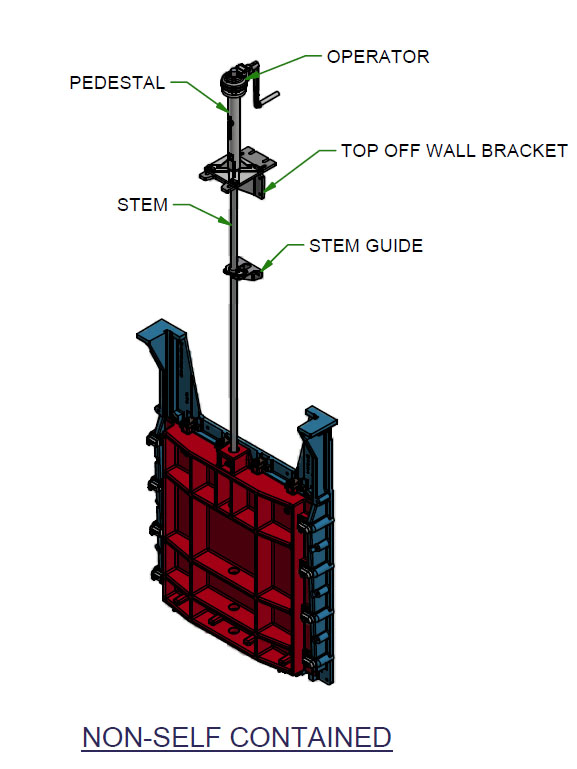JA
Structural
- Jan 17, 2017
- 20
Hi there,
I have a question about a bent gate stem used in the operation of a dam gate structure. The stem is threaded stainless steel and is raised a lowered via a geared system. One of the stems is out-of-plumb by approximately 1/16 of an inch. My question is will this bend affect the torque required to operate the gate? We are concerned that this bend will make operation a challenge, however do not have anything quantifiable to confirm that. Does anyone have any experience with this kind of situation and can offer even an explanation of whether a bent stem like this is a concern?
Thanks
I have a question about a bent gate stem used in the operation of a dam gate structure. The stem is threaded stainless steel and is raised a lowered via a geared system. One of the stems is out-of-plumb by approximately 1/16 of an inch. My question is will this bend affect the torque required to operate the gate? We are concerned that this bend will make operation a challenge, however do not have anything quantifiable to confirm that. Does anyone have any experience with this kind of situation and can offer even an explanation of whether a bent stem like this is a concern?
Thanks

